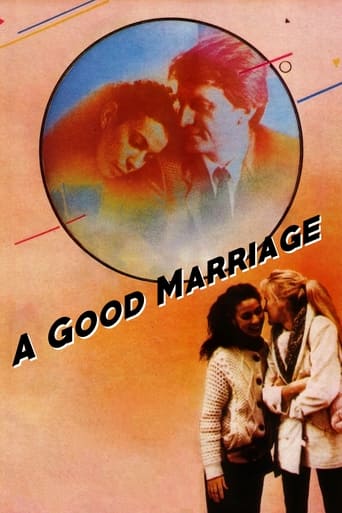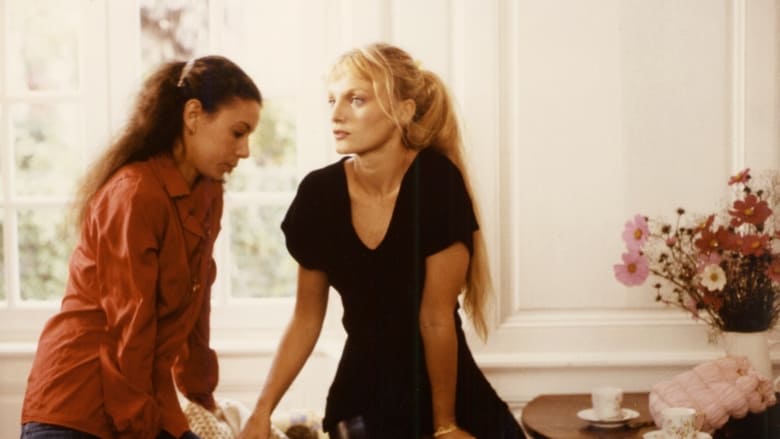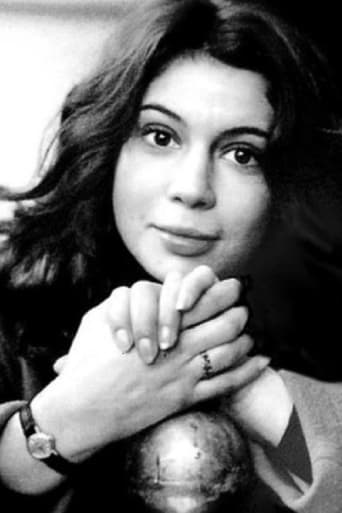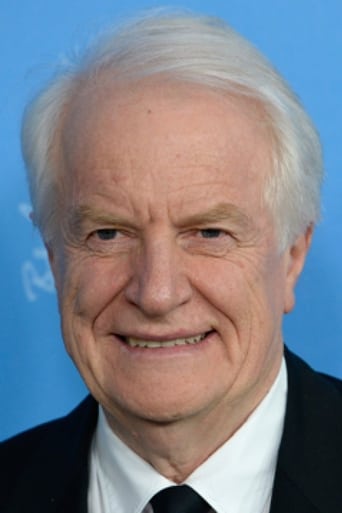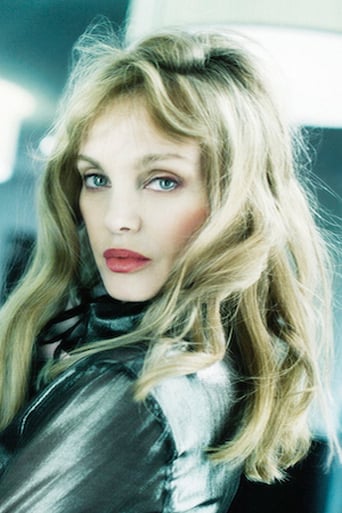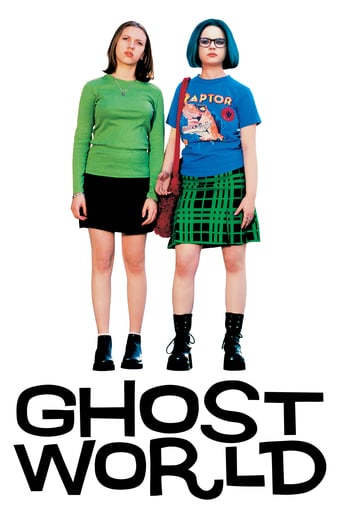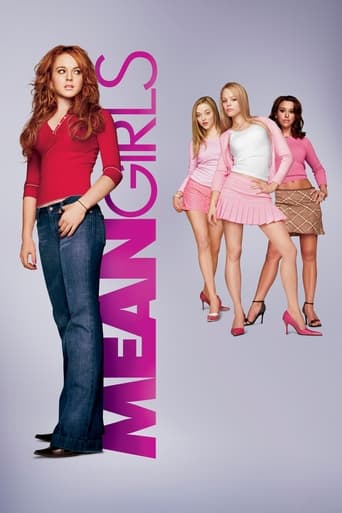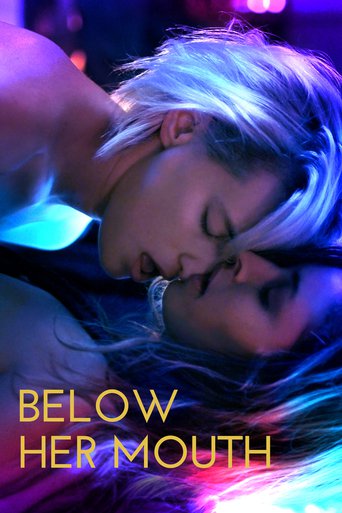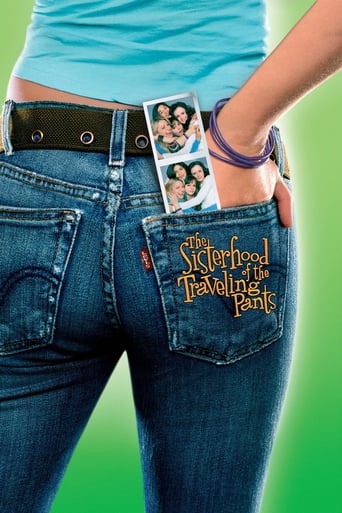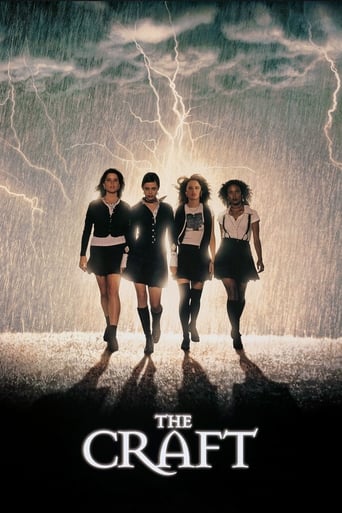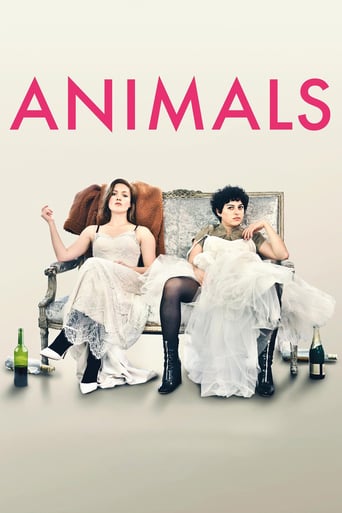A Good Marriage (1982)
Sabine vows to give up married lovers, and is determined to find a good husband. Her best friend Clarisse introduces her to her cousin Edmond, a busy lawyer from Paris. Sabine pursues Edmond, with the encouragement of Clarisse, but Edmond does not seem very interested.
Watch Trailer
Free Trial Channels
Cast


Similar titles
Reviews
Overrated and overhyped
not horrible nor great
It's fun, it's light, [but] it has a hard time when its tries to get heavy.
How wonderful it is to see this fine actress carry a film and carry it so beautifully.
Finding the performances in the first part of this loosely connected movie series to be better than what I was expecting from Eric Rohmer, (who was such a hipster that he never owned a phone-bloody hippy!) that I decided to take a look at the second in the series.The plot:Deciding that she has had enough of being a mistress for married men,art student Sabine sets her sights on finding a good single man.Meeting up with her pal Clarisse, Clarisse ends up introducing Sabine to her cousin Edmond.Soon falling for him,Sabine decides that Edmond is the one,but soon finds her past catching up.View on the film:Joined by an off-beat score from Ronan Girre & Simon des Innocents,writer/director Éric Rohmer and cinematographer Bernard Lutic tan the title in a golden bloom which casts a romantic Autumn atmosphere over the film. Holding her head high, Béatrice Romand gives a good performance as Sabine,whose art side Romand rolls in, along with all the frustrations just under Sabine's fingers.Making Sabine an art student,the screenplay by auteur Rohmer laps up all of the golden lights from the middle class elite art world.Whilst his love of the bourgeoisie life fits the arty brush strokes,it leads to Sabine's romance with Edmond to feel incredibly empty,due to Rohmer's fixture on the bourgeoisie leading to a calm mood which stops any sign of passion or intimacy being shown in a marriage that is breaking apart at the seams.
Le beau marriage stars Beatrice Romand as Sabine the art history student and Andre Dussollier as Edmond the Parisian lawyer. This is one of Eric Rohmers comédies et proverbes, and like many of Rohmers masterpieces it floats on a stable ocean of entertaining narrative, but the disguised messages are found by plunging into the depths beneath. Many critiques have only given this gem a glancing opinion and stop at the story line, and though necessary, my postulation on the messages will remain my focus. The bare bones of the story regard Sabine who travels from Le Mans to Paris where she studies art history. She has regular liaisons with her lover Simon, the married painter, who would rather talk to his son on the telephone than continue to make love to Sabine. She breaks the liaison and back in Le Mans she declares to her friend Clarisse that she is going to be married, although she hasn't found a man to marry as yet. At a party Sabine is introduced by Clarisse to her cousin Edmond, a Parisian lawyer. It is in this first meeting that we see Beatrice Romands instinctual ability to portray instant attraction, exactly what we see in Romands Magali when she meets Gerald played by Alain Libolt in Conte d'automne . Sabine begins to pursue him whilst always trying to remain distant. This game is played to elicit his interest, but Edmond is always busy and hesitant. This drives Sabine's frustration and obsession as she decides that he is in love with her, and declares to all but Edmond that they are to be married. However Edmond never calls and ignores her constant massages until Sabine leaves herself no choice other than to confront him in his office in Paris, where he explains that he doesn't love her and leaves her no hope. Now to go deeper. The poignant force that chases Sabine into the arms of reality is a self inflicted humiliation, but it is also a study on the fragility of youthful perception and the power of our subconscious that remain the truthful messages of Le beau marriage. It is Sabines youthful belief that she can have anything she wants in the world just by deciding to want it that ultimately clashes with reality. As Sabine burst her naive statements upon the world she seems impetuous, obnoxious and spoilt, but isn't that the nature of youth? She is youth personified because that is youth's nature, and we watch her crash into the wall of maturity fighting all the way. She has lived a life of safety hidden amongst antiques, and she has been a mistress to an unchanging man who will always put his children first. She grasps to the comforting belief that she is an artist at heart and therefore dismisses the challenges of earning money, a career or even independence. But like the majority of us all , she has felt the shadow of reality at her back as the sunshine of her youthful oblivion begins to disappear over the horizon. Her solution to avoid reality is simple, to get married. But not just to find a man, she needs a man to fall deeply in love with her, to dote on her and provide a life where she can rest safely under a new and un-setting sun that shines on her denial . So convinced is she that her plan will fall into place, that she never realises that her advances are constantly met with dispassionate rejection. As she continues to make excuses for his behaviour and denies any possibility that her plan might not work, she in effect creates her own descending pathway towards reality. In fact she began to create this path by having an affair with Simon to begin with, and the force and conduct of her subconscious mind is manifest in her embrace of that humiliation. However, it is insufficiently toxic to alter the chemistry of her consciousness, and she impetuously dodges the ultimate ignominy of the affair to retreat deeper into her delusions. She finds herself embracing the impossible ideal of a perfect marriage without the need for love, but her subconscious hasn't given up and pushes her until all hope is exhausted, and she leaves herself no other option other than to immerse herself fully in humiliation. This moment occurs beautifully in Edmonds bureau as Beatrice delivers a stunning performance for which she deserved all the awards she received for Le Beau marriage. Beneath the stubborn and hopeful conviction of her consciousness, the inevitable rejection and humiliation are the catalysts she needs to step into maturity. In this scene we see the struggle, the sadness and the pain. We empathise with every emotion reflected in Sabine's eyes because we have all been through this moment, the moment where stubborn youth confronts the constraints of reality, the moment were that spark of invincibility is snuffed out and we realise that we are fragile and less significant than we thought. When we see her soft smile on the train back to Le Mans, it isn't with the dressings of protection we see her later adorned, but the transcendental nature of the human spirit, the reason that love and pain are so intertwined, the reason for the necessary changes in our lives and our necessary conformity to reality. It is this that she finally comprehends on her journey home, and when she later sits opposite another young man on the train, she receives the passing glance of attraction with acquiescent appreciation of the treacherous nature of idealism. Rohmer does for film what Tennessee Williams does for literature, he elegantly seduces us with unpredictable characters, then teases us with a depth of meaning. The Le beau marriage is no exception.
This is a novel idea for a movie--a woman who is tired of crappy relationships and so she deliberately sets out to find a man to marry. She is so hot for marriage, that she grabs onto the first apparently eligible bachelor who fits her basic criteria. This is pretty interesting and new, so it kept my attention. However, the movie never really became a comedy or tragedy or stalking film (though it came close) and when it ended, not a whole lot had been accomplished. I just felt rather unsatisfied and wanted to see more attempts by this ditzy lady. By the way, this movie actually reminded me of the Cary Grant/Betsy Drake film EVERY GIRL SHOULD BE MARRIED, though the Grant/Drake film was cuter and a little more contrived. Plus, Cary or Betsy NEVER would have shown their naked butts in a movie!
Witty/romantic comedy. Headstrong/out-spoken Sabine (Béatrice Romand), working on her thesis in Art History, has tired of affairs with married men, such as Simon (Féodor Atkine). Playing Cupid, her confidante Clarisse (Arielle Dombasle) introduces her lawyer cousin Edmond (André Dusollier) to Sabine. Encouraged by Clarisse, Sabine impetuously decides that she will marry Edmond and tells her mother (Thamila Megrah) and sister Lise (Sophie Renoir). When confronted by Sabine, Edmond resorts to an astonishing/glib double-talk to explain why he is not ready for matrimony.Béatrice Romand was the delightful/ talkative teen ager in 71 Claire's Knee, and commitment-shy widow in '98 Autumn Tale; Dusollier, in the whimsical '75 And Now My Love. Arielle Dombasle has appeared in many films, starting as a seductive beauty. Féodor Atkine played a somewhat slimy character in '83 Pauline on the Beach.

